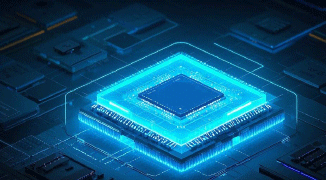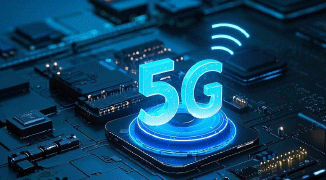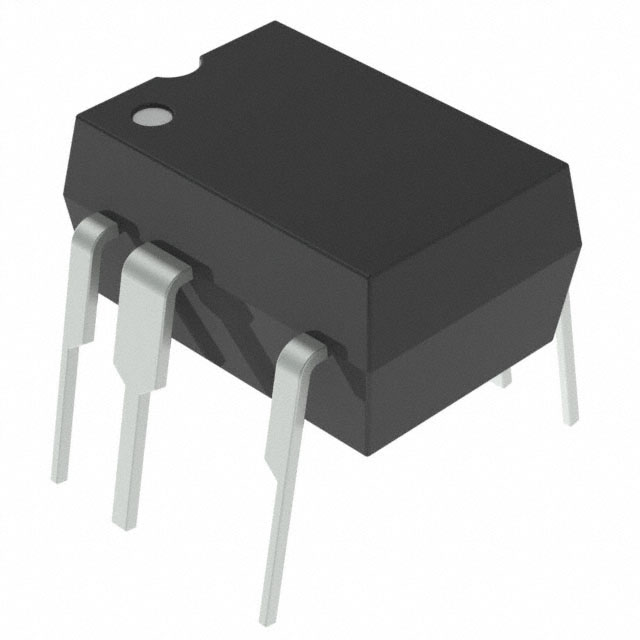Memory Chip Market
In the dynamic realm of the semiconductor industry, memory chips stand as the cornerstone of modern digital technology. These tiny yet powerful components are integral to a vast array of devices, from smartphones and laptops to data centers and Internet of Things (IoT) devices. The memory chip market is a complex ecosystem, constantly influenced by the ebb and flow of supply - demand dynamics, technological advancements, and global economic factors. Understanding the intricacies of this market is crucial for industry players, investors, and technology enthusiasts alike, as it has far - reaching implications for the development of the entire digital landscape.
1. The Significance of Memory Chips in the Digital Ecosystem
1.1 Types of Memory Chips
There are two primary types of memory chips: volatile and non - volatile. Volatile memory, such as Random - Access Memory (RAM), is essential for the immediate storage and retrieval of data during a device's operation. It allows the central processing unit (CPU) to access data rapidly, enabling smooth multitasking and efficient program execution. For example, in a personal computer, the RAM stores the operating system, applications, and user - generated data that the CPU needs to access frequently. When the computer is turned off, the data stored in RAM is lost.
Non - volatile memory, on the other hand, retains data even when the power is turned off. Examples include Flash memory, which is widely used in solid - state drives (SSDs), USB flash drives, and memory cards. Flash memory offers high - density storage, fast read and write speeds, and low power consumption, making it ideal for portable devices and data storage applications. Another type of non - volatile memory is Read - Only Memory (ROM), which stores permanent data, such as the BIOS (Basic Input/Output System) in a computer, that is crucial for the device's initial startup and operation.
1.2 Ubiquitous Applications
Memory chips are everywhere in the digital world. In smartphones, they enable the seamless running of multiple applications, high - quality gaming experiences, and quick access to photos, videos, and other media files. The increasing demand for high - resolution cameras, augmented reality (AR), and virtual reality (VR) applications in smartphones has led to a growing need for larger and faster memory chips.
In data centers, memory chips play a critical role in storing and processing vast amounts of data. With the exponential growth of data in the era of big data and cloud computing, data centers require high - capacity and high - performance memory chips to ensure efficient data storage, retrieval, and analysis. For instance, large - scale e - commerce platforms rely on memory - intensive data centers to handle millions of transactions daily, manage customer databases, and provide personalized user experiences.

2.1 Supply - Side Factors
The production of memory chips is a highly capital - intensive and technologically complex process. It requires significant investment in research and development, advanced manufacturing equipment, and skilled labor. Semiconductor manufacturers, often referred to as foundries, use state - of - the - art fabrication processes, such as extreme ultraviolet (EUV) lithography, to create the tiny transistors and circuits on memory chips.
The supply of memory chips can be affected by various factors. Manufacturing capacity is a key determinant. When manufacturers ramp up production capacity, the supply of memory chips in the market increases. However, expanding production capacity is not a quick or easy process. It involves building new fabrication facilities, acquiring expensive equipment, and training a large workforce. For example, the construction of a new semiconductor fabrication plant can take several years and cost billions of dollars.
Another factor that impacts supply is technological innovation. As new memory technologies, such as 3D NAND (a type of non - volatile memory that stacks memory cells vertically to increase storage density), are developed, the production process becomes more complex. Manufacturers may face challenges in transitioning to these new technologies, which can temporarily disrupt the supply of memory chips.
2.2 Demand - Side Factors
The demand for memory chips is driven by multiple factors. The continuous growth of the consumer electronics market, including smartphones, tablets, laptops, and gaming consoles, is a major source of demand. As consumers demand devices with more storage, faster processing speeds, and better performance, the need for high - capacity and high - performance memory chips increases.
The rapid expansion of data centers, driven by the growth of cloud computing, artificial intelligence, and big data analytics, is also fueling the demand for memory chips. Data centers require large amounts of memory to store and process vast volumes of data. For example, companies like Google, Amazon, and Microsoft, which operate large - scale cloud computing services, are constantly upgrading their data centers with the latest memory technologies to meet the growing demands of their users.
The emerging Internet of Things (IoT) market is another significant source of demand for memory chips. With billions of IoT devices, such as smart sensors, wearables, and industrial monitoring devices, being connected to the internet, the need for memory chips to store and process data at the edge of the network is increasing. These IoT devices often require low - power and compact memory chips to ensure long - lasting battery life and small form factors.
3. Price Fluctuations: A Roller - Coaster Ride
3.1 Historical Price Trends
The memory chip market has experienced significant price fluctuations over the years. In the past, periods of oversupply have led to sharp price drops, while shortages have caused prices to skyrocket. For example, in the mid - 2010s, a surplus of DRAM (Dynamic Random - Access Memory) chips led to a significant decline in prices. This was due to increased production capacity by major manufacturers, such as Samsung, SK Hynix, and Micron, in response to the growing demand for smartphones and tablets.
Conversely, in 2017 - 2018, the memory chip market faced a severe shortage, which led to a substantial increase in prices. This shortage was caused by a combination of factors, including strong demand from data centers, supply disruptions due to manufacturing issues, and a fire at a major manufacturing facility in South Korea. As a result, the prices of DRAM and NAND flash memory chips reached record highs, affecting the cost of consumer electronics and data center equipment.
3.2 Impact on the Industry
Price fluctuations in the memory chip market have a profound impact on the entire technology industry. For consumer electronics manufacturers, sudden price increases can lead to higher production costs, which may be passed on to consumers in the form of higher product prices. This can affect consumer demand and the competitiveness of manufacturers in the market.
Data center operators are also significantly affected by memory chip price fluctuations. Higher memory chip prices can increase the cost of building and operating data centers, which may impact the profitability of cloud computing services. On the other hand, price drops can provide an opportunity for data center operators to upgrade their memory infrastructure at a lower cost, improving the performance and efficiency of their services.
4. Technological Innovations Shaping the Market
4.1 Advancements in Memory Technologies
Continuous technological innovation is a key driver of the memory chip market. One of the significant advancements in recent years is the development of 3D NAND technology. By stacking memory cells vertically, 3D NAND offers higher storage density, better performance, and lower power consumption compared to traditional 2D NAND. This technology has enabled the production of smaller and more capacious SSDs, which are essential for high - performance computing and data storage applications.
Another emerging technology is the development of new memory types, such as Resistive Random - Access Memory (RRAM), Phase - Change Memory (PCM), and Magnetic Random - Access Memory (MRAM). These new memory technologies offer potential advantages over traditional memory chips, such as faster write speeds, lower power consumption, and higher endurance. For example, RRAM uses the change in electrical resistance of a material to store data, which can potentially enable faster data access and lower power consumption.
4.2 Impact on Market Competition
Technological innovations in memory chips are also reshaping the competitive landscape of the market. Manufacturers that are at the forefront of technological advancements are often able to gain a competitive edge. For example, companies that are early adopters of 3D NAND technology have been able to offer higher - capacity and more cost - effective memory products, capturing a larger share of the market.
However, technological innovation also requires significant investment in research and development. Smaller manufacturers may face challenges in keeping up with the pace of technological change, as they may not have the financial resources to invest in advanced research and development projects. This can lead to increased market concentration, with larger and more technologically advanced manufacturers dominating the market.
5. Future Outlook: Trends and Challenges
5.1 Emerging Trends
Looking ahead, the memory chip market is expected to continue evolving. The increasing demand for high - performance computing, artificial intelligence, and 5G - enabled devices is likely to drive the need for faster, more efficient, and higher - capacity memory chips. For example, in the field of artificial intelligence, the training of large - scale neural networks requires massive amounts of memory and high - speed data access, which will fuel the development of specialized memory chips.
The growth of the edge computing market is also expected to create new opportunities for memory chip manufacturers. Edge computing devices, such as smart cameras, industrial sensors, and autonomous vehicles, require local memory to store and process data in real - time. This will drive the development of low - power, high - performance memory chips that are optimized for edge computing applications.
5.2 Challenges Ahead
Despite the promising future, the memory chip market also faces several challenges. One of the major challenges is the issue of environmental sustainability. The production of memory chips is a resource - intensive process that consumes large amounts of energy and water. As environmental concerns become more prominent, semiconductor manufacturers will need to find ways to reduce their environmental footprint, such as by developing more energy - efficient manufacturing processes and recycling materials.
Another challenge is the geopolitical situation. The semiconductor industry is highly globalized, with manufacturing facilities and supply chains spread across different countries. Geopolitical tensions, trade disputes, and export restrictions can disrupt the supply chain and impact the production and distribution of memory chips. For example, trade disputes between major economies can lead to increased tariffs on semiconductor products, which can raise costs and disrupt the market.
In conclusion, the memory chip market is a complex and dynamic ecosystem that is influenced by a multitude of factors, including supply - demand dynamics, price fluctuations, technological innovations, and geopolitical situations. As the digital world continues to evolve, the role of memory chips will become even more crucial. Navigating the challenges and capitalizing on the opportunities in this market will require a deep understanding of these factors and a proactive approach to technological innovation and market adaptation. Whether you are a semiconductor manufacturer, a technology investor, or a consumer, keeping a close eye on the memory chip market is essential for staying ahead in the digital age.
Related information

-
LNK304DN-TL Power Integrations

-
LNK304GN-TL Power Integrations

-
LNK304DG-TL Power Integrations
-
TNY277PN Power Integrations
-
TNY276PN Power Integrations
-
TNY278PN Power Integrations
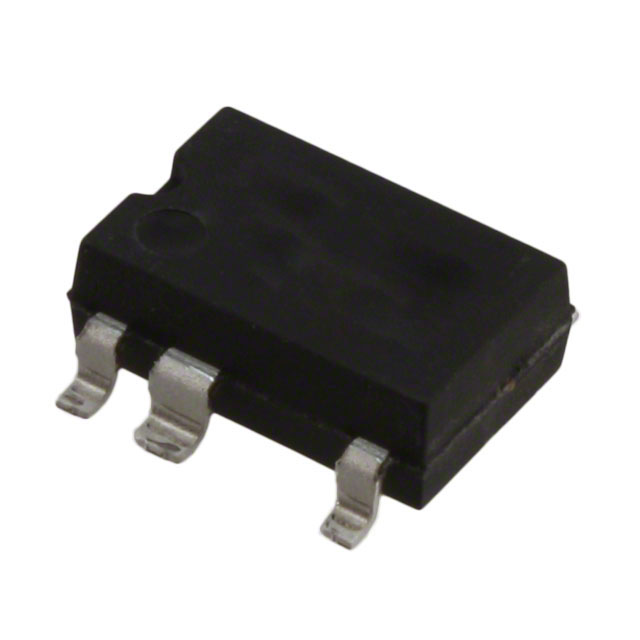
-
TNY278GN-TL Power Integrations

-
TNY280GN-TL Power Integrations
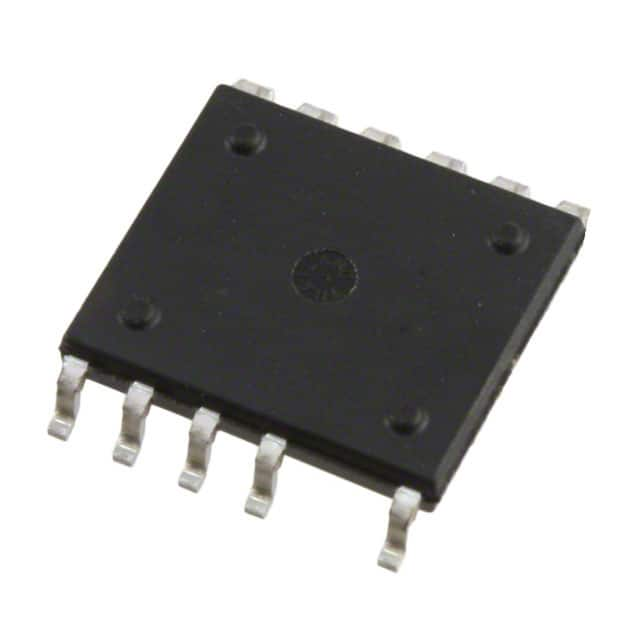
-
TOP266KG-TL Power Integrations
-
TOP258PN Power Integrations
-
TOP253PN Power Integrations
-
TOP253PNAU Power Integrations


